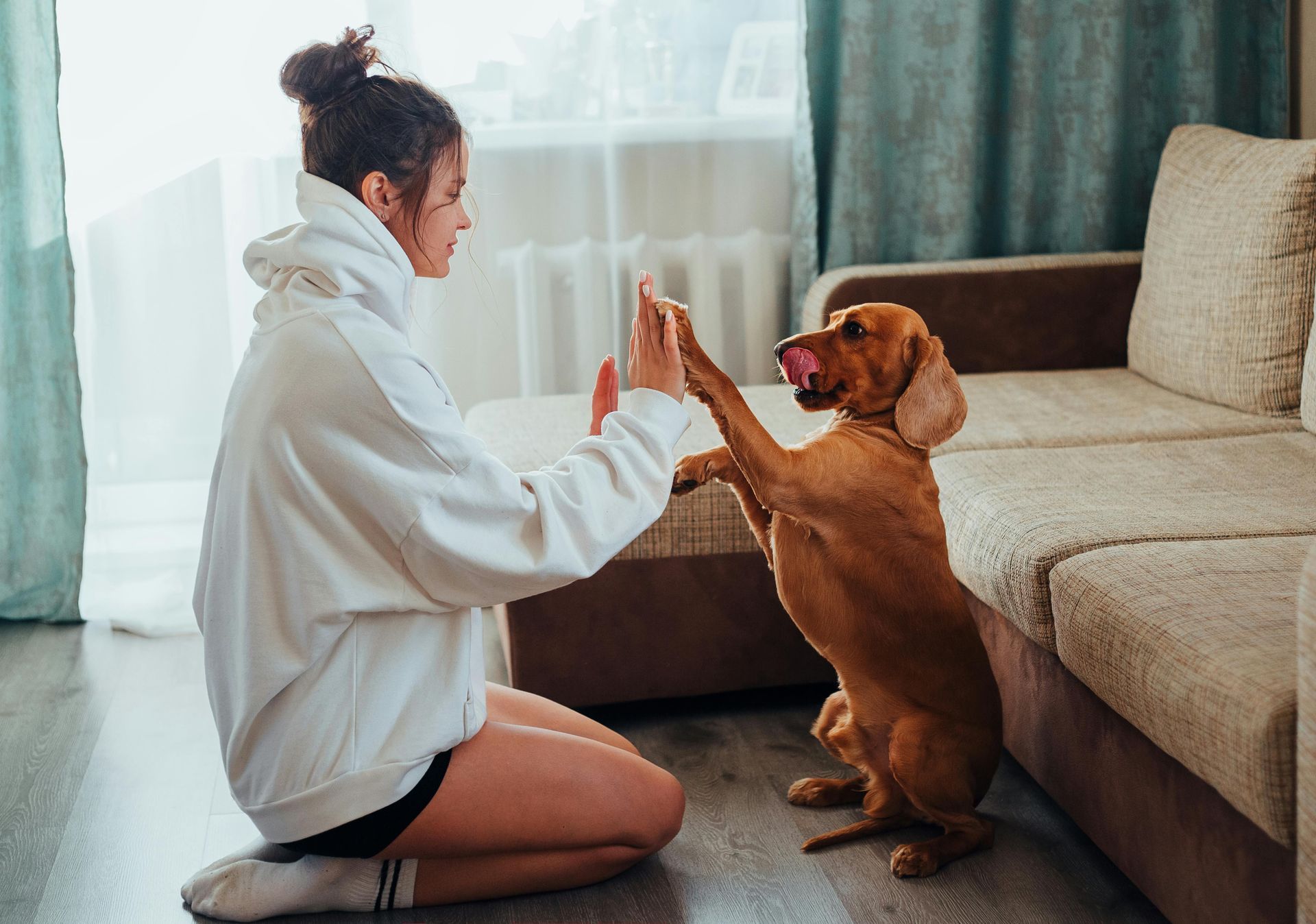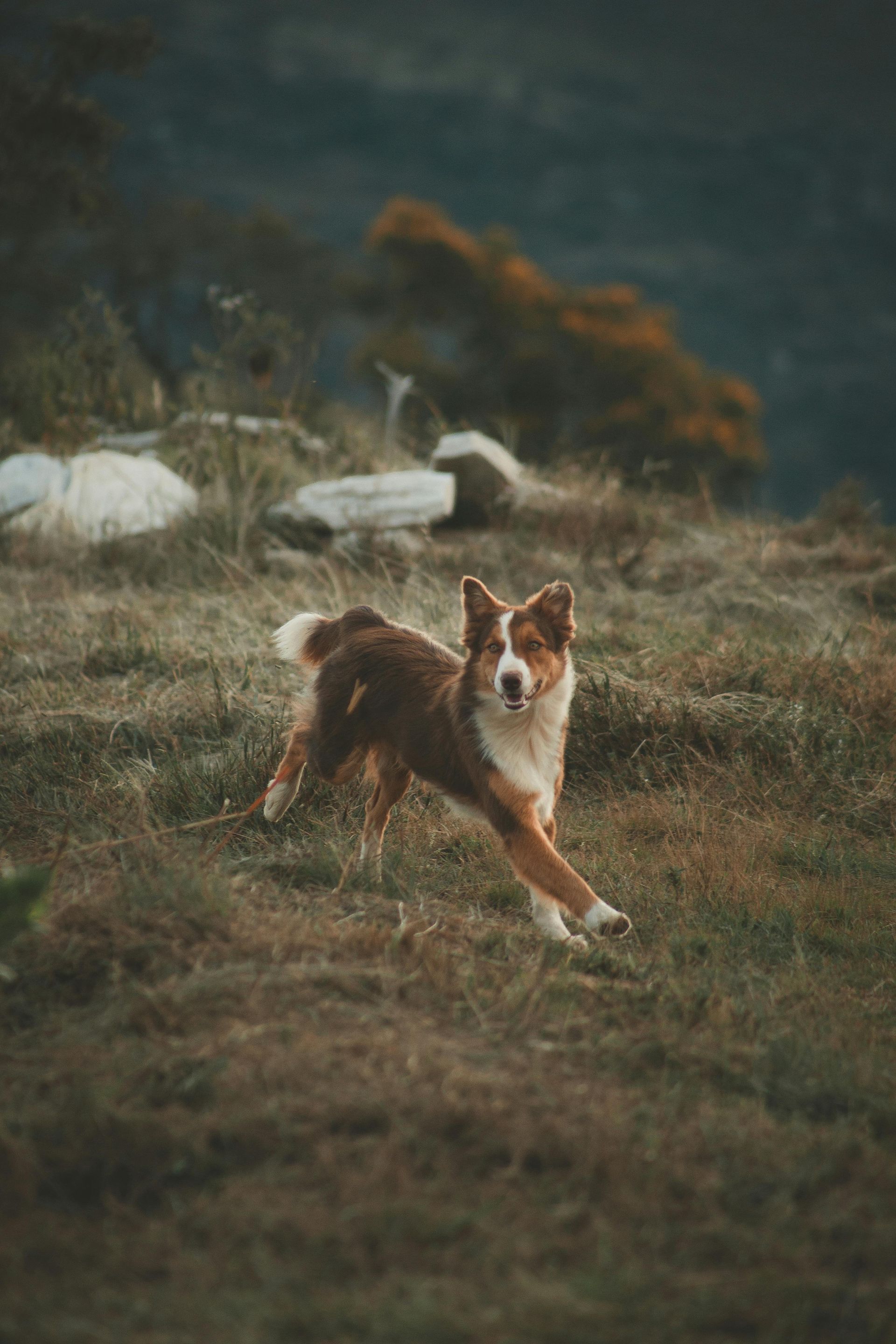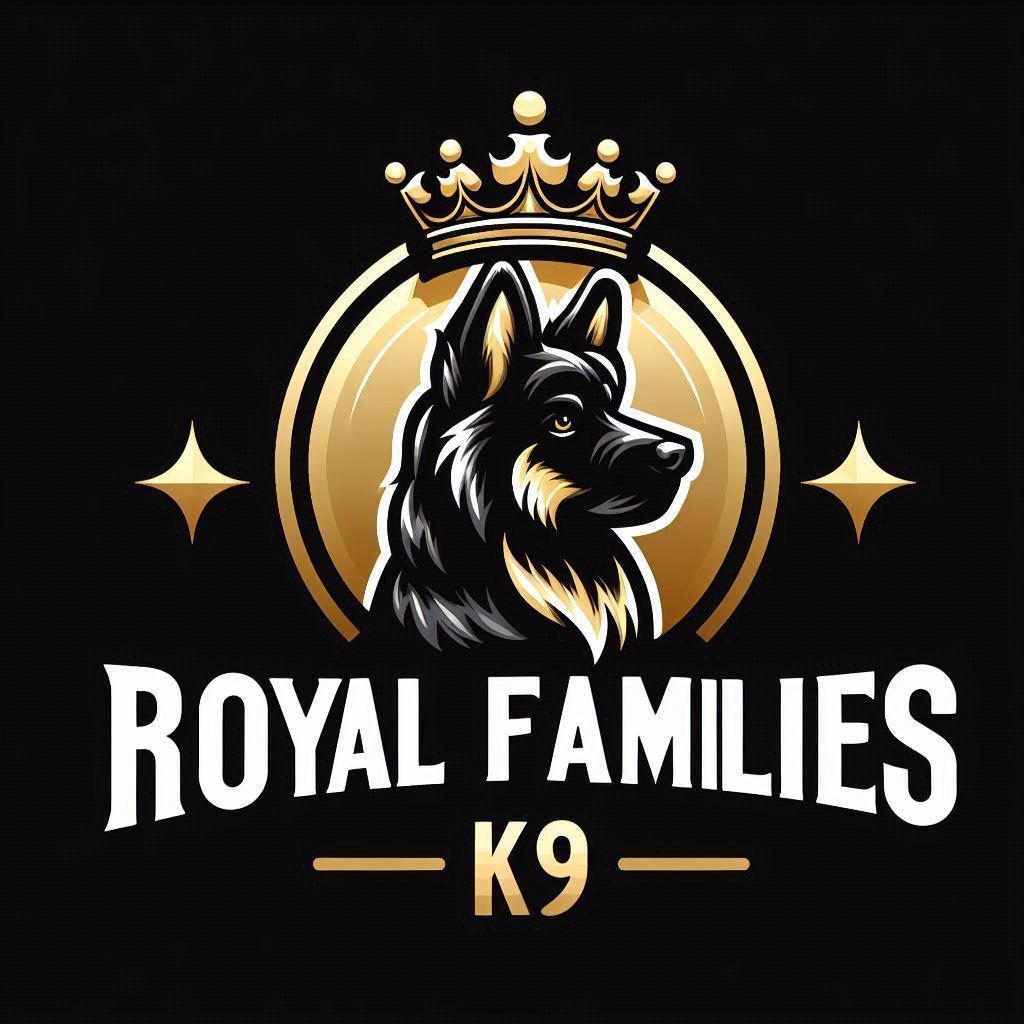Royal Library
A Helpful Guide for Owners

Social anxiety in dogs can be challenging for both the pet and the owner. Dogs with social anxiety may show signs of fear, stress, or discomfort in social situations, which can lead to behavioral issues. Here’s a simple guide to understanding and managing social anxiety in dogs:
Recognizing Social Anxiety in Dogs
Before addressing social anxiety, it’s important to recognize the signs. Common symptoms include:
- Excessive barking or whining
- Trembling or shaking
- Hiding or avoiding social interactions
- Pacing or restlessness
- Aggression or defensive behavior
- Panting or drooling
- Tail tucked between legs
Causes of Social Anxiety
- Social anxiety in dogs can be caused by various factors, such as:
- Lack of early socialization
- Traumatic experiences or past abuse
- Changes in environment or routine
- Genetic predisposition
Steps to Manage Social Anxiety in Dogs
Gradual Exposure
Gradual exposure to social situations can help desensitize your dog to anxiety triggers. Start with controlled, low-stress environments and gradually introduce more challenging scenarios. For example, begin by inviting a calm friend over, then slowly progress to busier environments like parks or pet-friendly cafes.
Positive Reinforcement
Use positive reinforcement techniques to encourage calm behavior. Reward your dog with treats, praise, or toys when they remain relaxed in social situations. This helps them associate positive experiences with social interactions.
Create a Safe Space
Provide a designated safe space where your dog can retreat when feeling anxious. This could be a crate, a specific room, or a quiet corner with their bed and favorite toys. A safe space gives your dog a sense of security and comfort.
Use Calming Aids
Consider using calming aids, such as anxiety wraps, calming collars, or pheromone diffusers. These products can help reduce anxiety levels and promote a sense of calm.
Practice Obedience Training
Regular obedience training helps build your dog’s confidence and strengthens the bond between you and your pet. Commands like “sit,” “stay,” and “come” can provide structure and reassurance during stressful situations.
Seek Professional Help
If your dog’s social anxiety is severe or persistent, consider consulting a professional dog trainer or a veterinary behaviorist. They can provide personalized guidance and develop a behavior modification plan tailored to your dog’s needs.
Stay Calm and Patient
Dogs can pick up on their owner’s emotions, so it’s important to stay calm and patient. Avoid reacting negatively to your dog’s anxiety, as this can exacerbate the issue. Instead, provide gentle reassurance and support.
Conclusion
Managing social anxiety in dogs requires patience, consistency, and a positive approach. By gradually exposing your dog to social situations, using positive reinforcement, and creating a safe space, you can help them feel more comfortable and confident. Remember, each dog is unique, so it’s important to tailor your approach to your dog’s individual needs.



